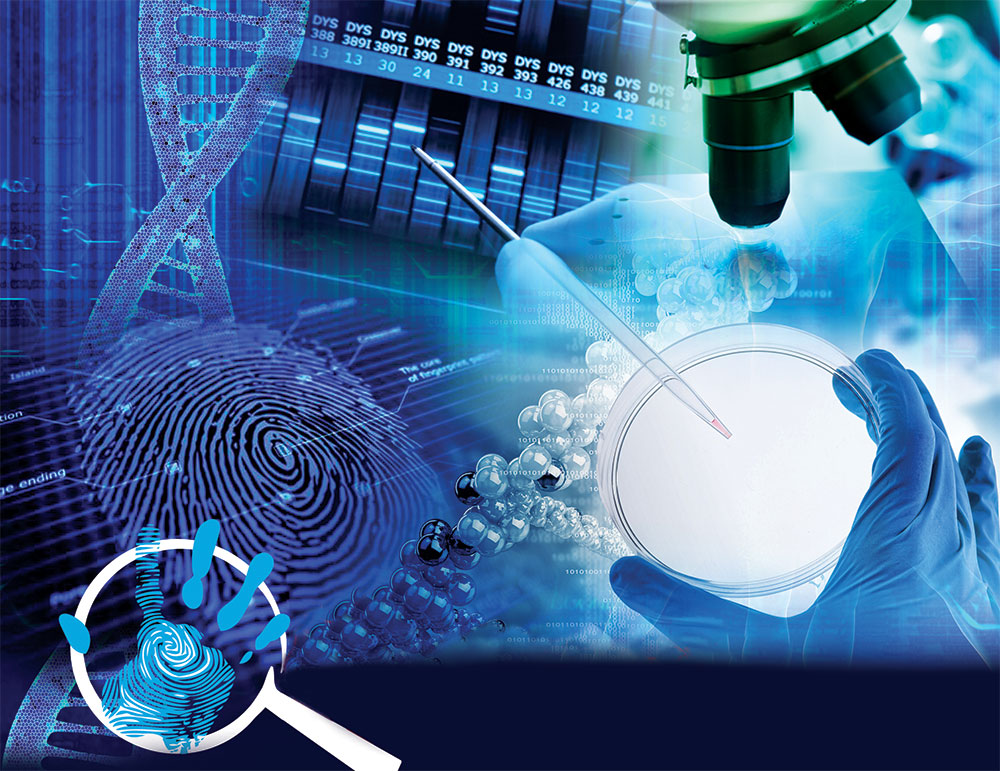Forensic science is gaining importance in the recent years and there are several tools that are used by the researchers that aids in fast evolution.
The protocols for DNA collection amplification, extraction, detection, quantification and analysis have been replaced by several modern methods of computation, available kits, high input instruments and algorithms.
With the advent of the technology, the forensic scientist is able to solve most of the criminal cases and fortify the databases using several modern tools.
DNA analysis made easy
There are a lot of steps involved in DNA analysis. The samples are collected, extracted, quantified, amplified and detected for each analysis. Each step is complicated and is achieved by different methods and procedures. There are protocols that define each of the steps to achieve accuracy.
Various steps of DNA analysis and modern technology incorporation
In processing of a DNA sample, Sample collection is the first step. The sample should not be contaminated. For example of a blood spot found on the shirt is easily contaminated if not by using the gloves.
So it is important to keep the sample free from contamination. Most of the times, it is seen that the investigators and police wear the sealed gloves to collect the sample.
The samples can be of different types ranging from hair found on the scene, chewing gum on the butt of a cigarette. All these samples are kept in sterile containers to prevent from contamination.
After the sample is collected, the DNA must be analyzed. DNA is extracted from these samples. DNA extraction is very simple. There are a lot of commercial tools available for isolating DNA.
Many companies offer a lot of kits for DNA extractions which are based on different methods. Most of these kits are the most common methods used in home. They used ion exchange resins or columns based on silica gels to purify and isolate the DNA.
With the technology advancement, magnetic beads are used and specialized buffers are also in use these days. The DNA sticks to the magnets and are exposed to the buffers which aids in the removal of contaminants.
Forensic Examiner
There are a lot of automated machines that help in DNA extraction. They can be myriad forms. Most commonly used are columns, magnetic based.
The automated ones save a lot of time and give 100% accuracy. They are simple and don’t contain any human errors. So everyone is switching to automated ones these days as it saves a lot of time.
After DNA is extracted it is amplified and quantifies by using PCR is commonly known as polymerase chain reaction which included steps like annealing, denaturing and extension.
All these are carried out in thermocycler and several steps are followed to quantify the DNA sample. The forensic researchers use specific sequence pattern of the genome which reflects the gene patterns that are very common. The PCR copies the sequence and STR profiles amplifies the pattern.
With the new technologies, special kits are available that can amplify the male DNA. In the final step, the DNA is detected.
Bottom Line
The sequences of DNA are placed on a gel that allows detecting the number of repeats in the sequence. Fluorescent dyes help to visualize the patterns. Automated methods are also available.
Thus the evolution of technology has helped to solve several crime cases and it takes very less time.
